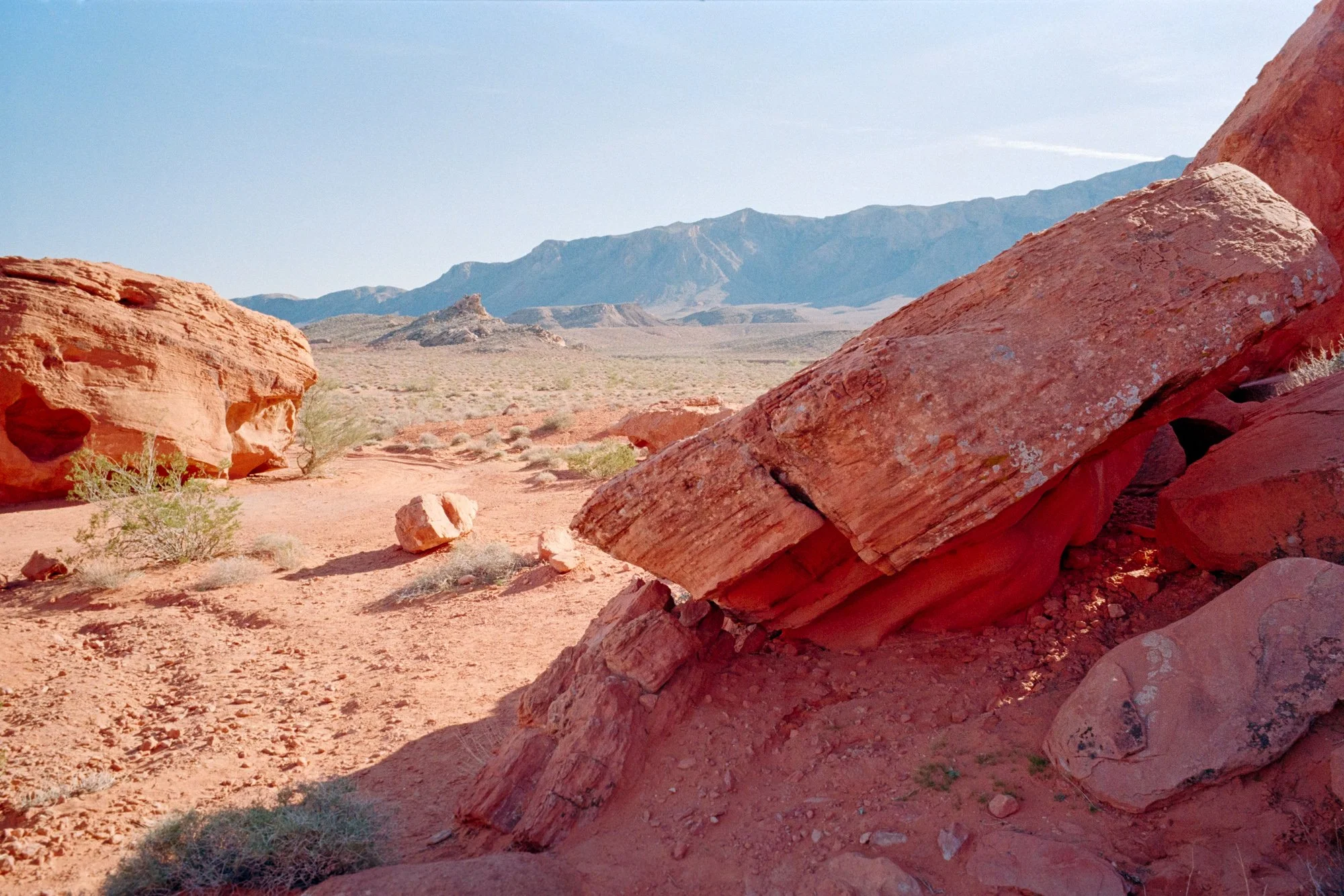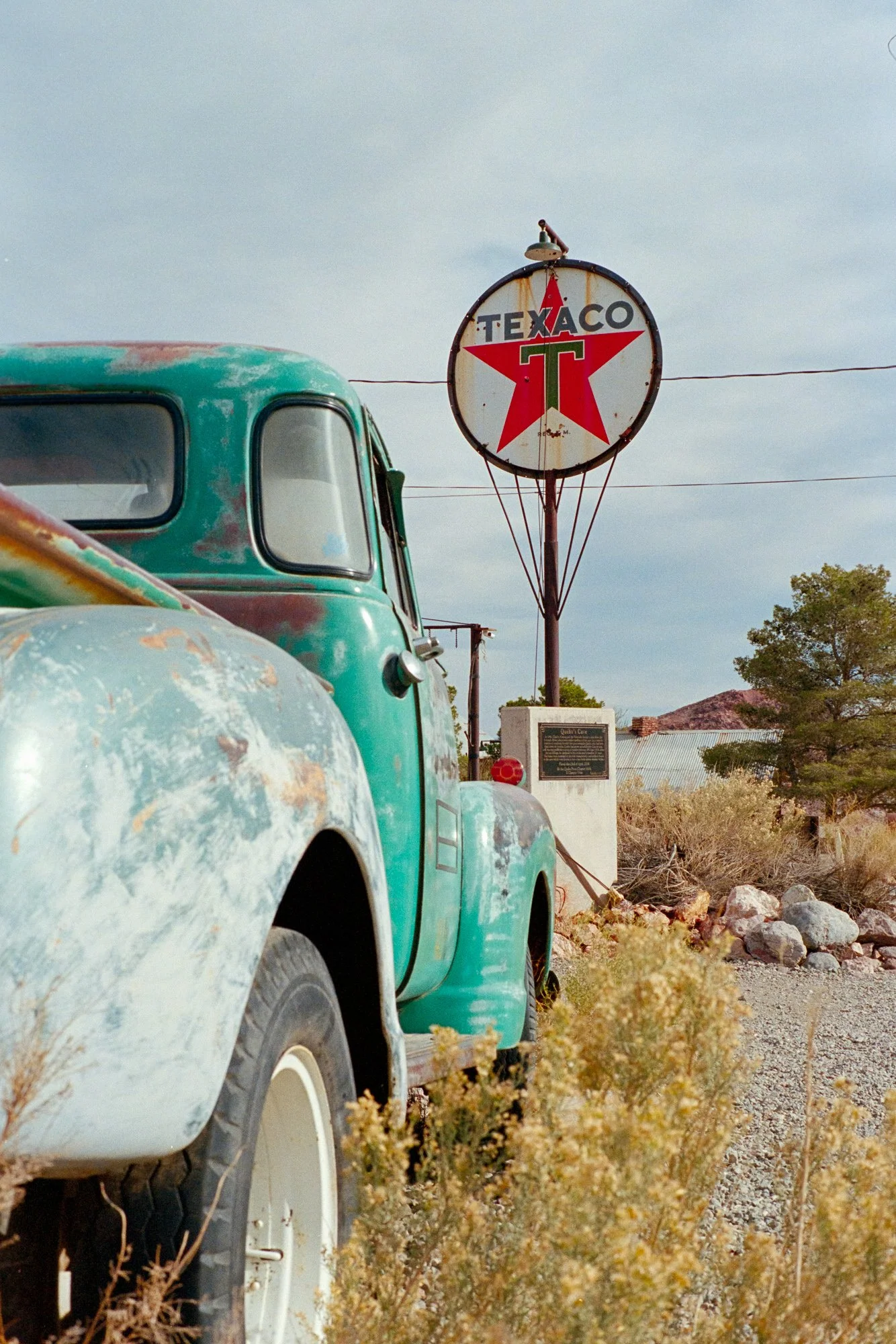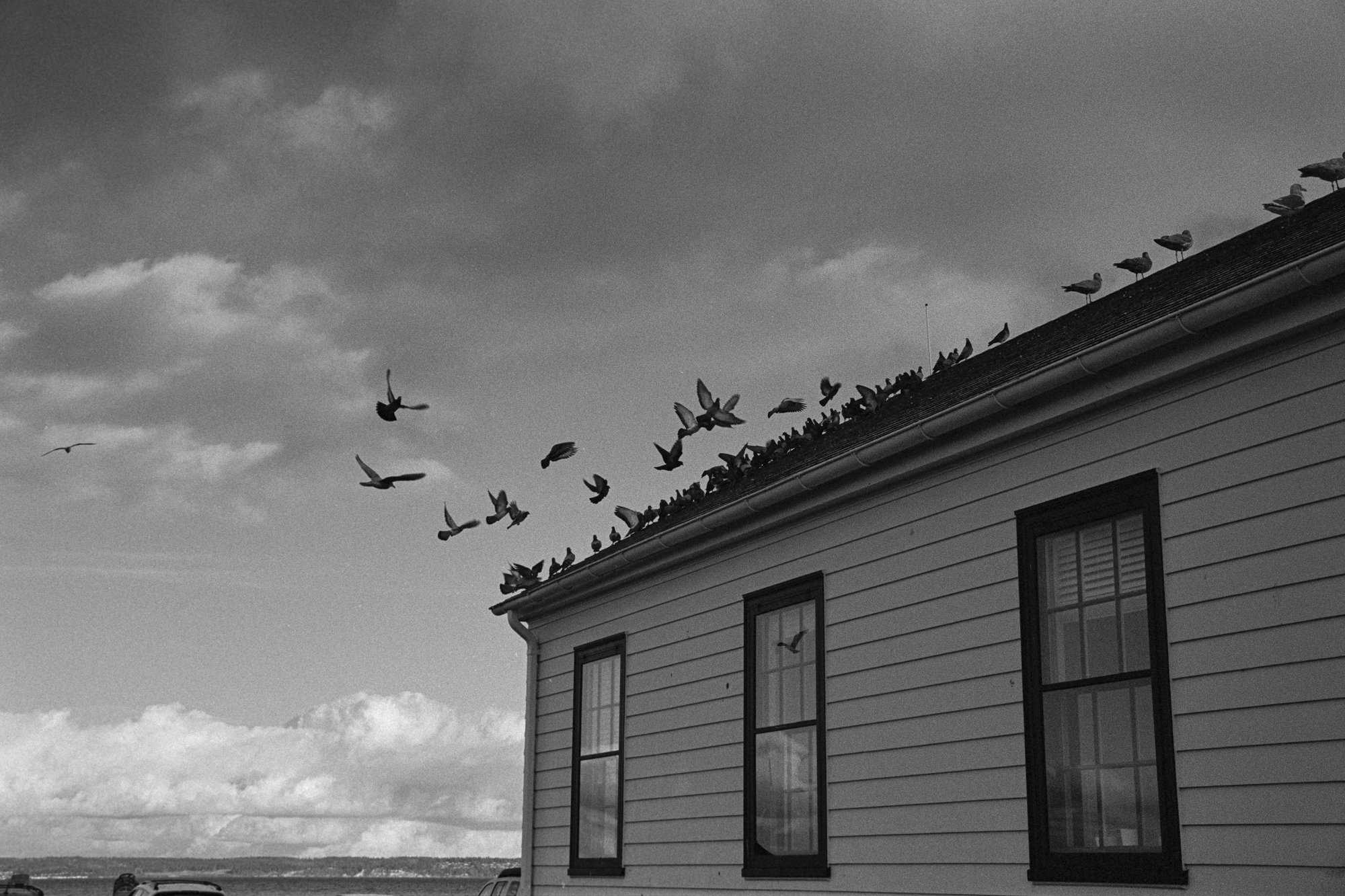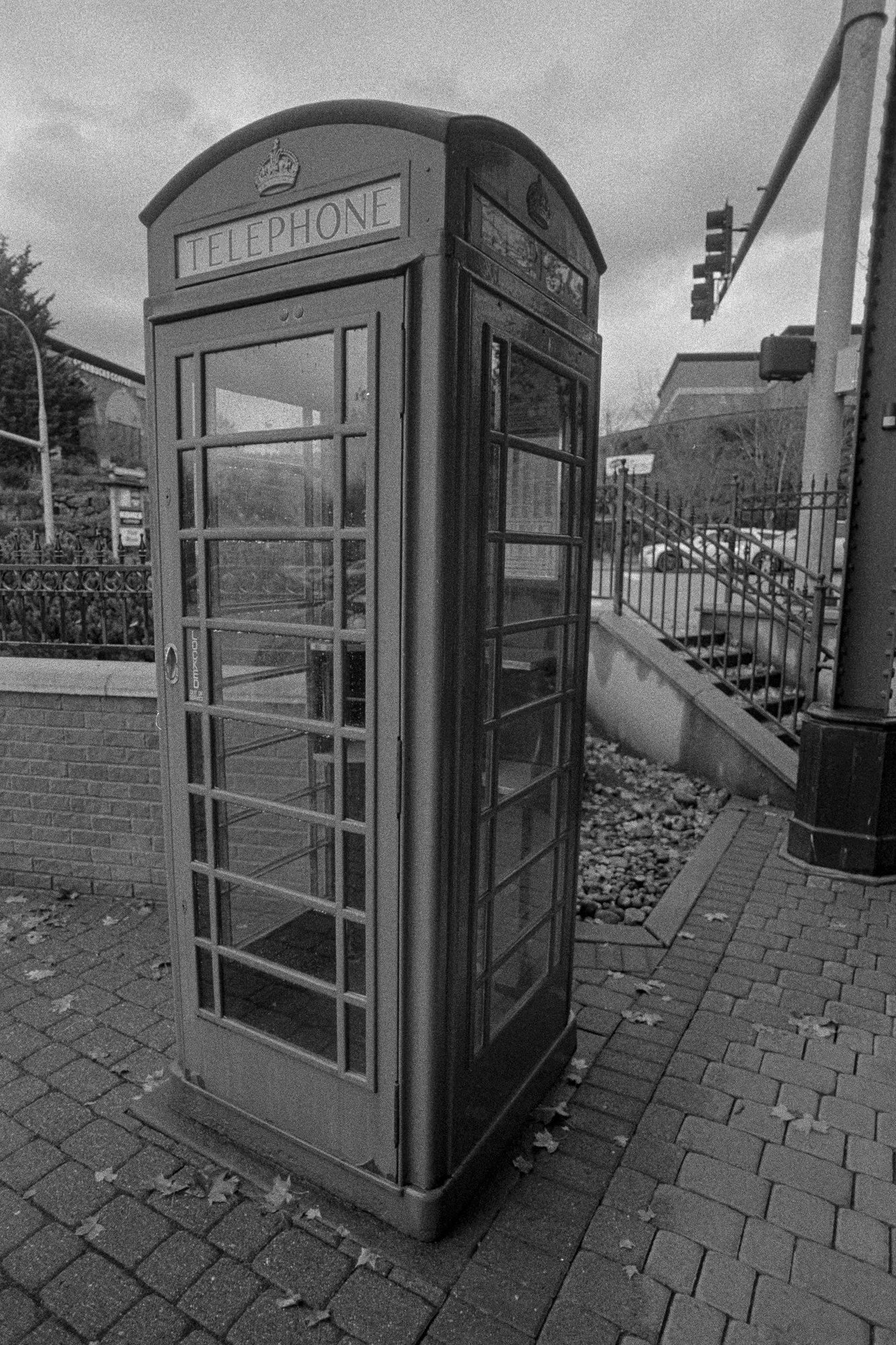Natural and “prop-ed” placement of photographable things across rural South Nevada.
Summer in the Northwest
Seagulls are now relatively quieter possibly due to abundance of food, from tourists and nutrient rich water of the Puget Sound. The weather turns arid for a brief moment, where there were once standing water in puddles are now pits of dried dirt, the familiar smell of mold has faded away making room for the smells of summer. There are more events in the city attracting more people for far and wide.
Portra 400, Leica IIIF
Kentmere 400, Leica M6
Fuji C200, Leica M6
Delta 400, Leica M6
Gold 200, Leica M-A
Delta 400, Leica M6
Fuji C200, Leica M6
Portraits on Film
Seattle Film Club event.
Kentmere 200 (New film)
When I first heard about this film I was least excited, not just because ISO 200 is my least favorite film speed but also Kentmere line of films aren’t my go-to film when it comes to black & white photography. But after seeing Kyle’s review of this new film stock generated my interest in trying it out.
Very happy with the results!
1/250 sec at f/6.3
10 sec at f/4
1/250 sec at f/5.6
1/60 sec at f/4
Leica IIIF: Week One
A camera that reminds me of engineering tools from a time when the world that was not catered by China.
Ilford Delta 400
FujiColor 100
CineStill 400D
A tree with no name
Before me there must have been at least other admirers who must have seen this tree, standing at the corner where the road turns into a relatively flat run, after about two thousand feet climb in the last five miles or so. But I have done it many times and even filmed a timelapse sequence at this location many years ago.
It was early in the year, the ground was several inches below a blanket of hardened and yet spongy snow that had accumulated over months. The afternoon sun was low to the horizon and the light reflecting off the snow in the background shone through the branches of the tree hurting my eyes. It was a weekend day but we were far out of reach from the ugly west beyond the mountains. I stood there in absolute silence gazing at the silhouette of the tree and thought about how I could meter this scene right. I had Kodak Tri-X in my Leica M-A: a bare-bones camera that I love the most of all my shooting tools and an orange filter to cut through the blue sky.
It was a bright day: Sunny 16 rule tells me I should set 1/400 sec shutter speed to f/16 aperture, less two stops to compensate the orange filter. But it would have underexposed the tree, the details in the bark. I took a spot meter reading on the main trunk dead center and it read 1/60 seconds at f/16 aperture. Applying zone system math to it, I decided to put the 1/60th sec reading at Zone IV(average dark foliage) and fired the shutter set to 1/125 seconds.
Kodak Tri-X 400, Leica M-A, Voigtlander 50 Nokton f/1, Tiffen Orange 21 filter
City of dreams
A strategic guard post to the Puget Sound, an unfulfilled dream about becoming the biggest sea port on the Pacific coast of America.
One dead leaf on a branch
A dead leaf from a tree in the maple family caught on a branch of a crab apple tree.
CineStill 400D, Nikon FM3a
First day of February
A Saturday afternoon in Kodak TMax 400, shot with Mamiya 645E
Sea stack and sun flare
One would find amazing work in photography and paintings of sunset over Haystack Rock in Canon Beach, Oregon. But what stuck in my mind the most, even before visiting this place the first time two decades ago was monochrome photographs from the turn of the century I found while researching on the history. Now I know this is not the first time anyone has thought and executed this before but by fat the years I have visited and photographed these sea stacks I have never been satisfied with the results until now.
This is not an analog photography propaganda, I am just thrilled that I have created something special.
Twelve frames - Port Townsend
A winter weekend day trip to Port Townsend, Washington: Back to where I had shot some of the first rolls of film.
Kodak 400 TMax through my Leica M-A + Voigtlander Nokton 50/1 + Tiffen Orange 21 filter
In half frames
Seattle in half frames - shot on Kodak 400TX with a Pentax 17
An unusually foggy day
Burrowing through a sea of dense fog over snow covered dirt with visibility limited to a couple of tends of feet ahead of my truck I arrived at this intersection of farm roads on the US 2 plateau where a presumably abandoned house with a group of trees stood about a hundred feet from me. The fog was so thick I could not spot where the sky met the ground, I was determined to take this photograph.
On the way in it was raining and I was racing against time, for I have to cross the mountains before it gets too dark and icy. The fog was not going anywhere but was loosing light very quickly. So I took out my trusty digital camera and took two shots, and drove away soon after. The house faded away in the rearview mirror very quickly.
End of 2024
I am no stranger to using color filters when shooting black and white film but among all available options, orange was the spectrum I had not thought of picking up before. While I am not a fan of cooling/blue and green filters (because I like my sky and trees dark) I wasn’t sure if I’d love the deep contrast look from orange, since a yellow filter did pretty good job at it.
I did no research, just jumped the gun and bought an orange filter from Amazon, slapped it on to my Voigtlander 50 f/1 Nokton on my Leica M-A and packed this for our EoY trip to Vancouver Island. Over six days on the island shot a roll of Kodak 400 TMax, metering to ISO 320 and the “look” right off the shelf - came out very satisfying.
Trains and mid-century facades
A winter day trip to Seattle, captured on film.
Thanksgiving week
Mostly far away from the chaos and traffic
Santa Monica Pier, FOMA Ortho 400
Hollywood, CineStill BWXX
Mojave, CineStill 400D
Joshua Tree National Park, FujiColor 100 (Japan)
Getty Villa, Kodak Ektar 100
Getty Villa, FOMA Ortho 400
Santa Barbara, Ektar 100
Hermosa Beach Pier, CineStill BWXX
Gaviota State Park, CineStill 400D
A tale of 5 days: Shooting BW film in PNW fall weather
I have never documented the behind the scenes narrative of a full roll of film before so thought I’d give it a try…
November although started off dry has been really wet and stormy over the past two weeks. This is a story of five days spread across the weeks of stormy weather and my attempt at finding new things to shoot.
Day One: Six mile walk
Hugging on the north side of the lake, a ~6 miles walk under moving rain clouds. The first half of the walk was in dry weather but to my surprise, I took more keeper shots in the walk back when it had started raining and presented with limited opportunities to think/compose or even slow down.
Day Two: A coffee shop
Dropped my truck at the shop for oil change, had an hour to kill. We walked around the neighborhood and found a bullet-ridden RV parked in the ditch next to the arterial road where the truck shop is. Yes, I took 2-3 photographs of the seemingly abandoned RV but I didn’t like any of them. Then found a new coffee shop where we sat for the next hour in wait, this red British public call booth was placed outside its entrance.
Day Three: The Puget Sound
November sunsets in Western Washington are before 5 pm and add overcast weather to it, gets dark fairly quickly after 3 pm. This means one could take long exposures early on in the evening, therefore I took the opportunity to take a few photographs of the waves, with a tripod to allow longer exposures.
Day Four: Night Photography
Taking the long exposures fun further, ventured into Anacortes, Washington late night when the streets are free of cars and people.
Day Five: Whidbey Island
For the final images in the roll, we drove out to Whidbey Island. Although the day started with bitter cold and sideway blowing rain in the wind, the weather started to clear out near sunset. It was getting dark fast but I was able to shoot handheld for at least 30 minutes before having the need to pull out the tripod.
Fall colors of Denmark & South Sweden (Kodak E100)
The second roll of slide film I’ve ever shot and this time I added a Tiffen 812 warming filter.
Last day of the trip: Copenhagen
Walking around the city with my Leica loaded with a roll of Ilford FP4 Plus, when the jet lag has weaned off but I am ready to fly home weary of the week living out of a hotel room and without a car.
Fifteen years ago I’d have not guessed how American I am.
This time of the year Copenhagen is unobviously warmer than Seattle and pair that with ~10 miles of walk a day, couple of beers at lunch hour and a warm winter jacket could make one uncomfortably warm. Given that this is not the business tourist season in Scandinavia, I was on the hunt for opportunities to photograph daily life.
This was not the first time we were in Copenhagen and hopefully not the last time either. I love this city: if there is a place in the old world or east of the Atlantic that I feel at home, that would this region - the islands and landmass around the strait of Øresund.
The Upper Cascades
A familiar route for a sunny Saturday roadtrip…
Every now and then when your life gets complicated and the weasels start closing in, the only real cure is to load up some film in your best camera and shoot like a bastard - a slightly modified quote but relevant to the mood in these photographs.












































































































































